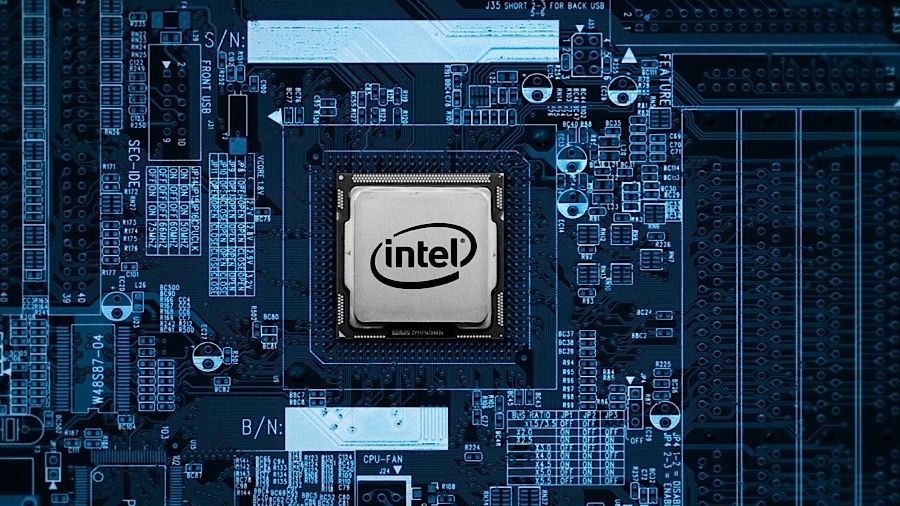Intel quietly delays next generation 'Sapphire Rapids' Xeon processors
Intel shares more details about the upcoming processor

In a new post about its upcoming Xeon Scalable processor, code-named Sapphire Rapids, Intel let slip that it is pushing production to 2022.
Sapphire Rapids CPUs are designed for data centers and based on the refined 10 nanometer process, called 10nm Enhanced SuperFin (10ESF).
“Given the breadth of enhancements in Sapphire Rapids, we are incorporating additional validation time prior to the production release, which will streamline the deployment process for our customers and partners," wrote Lisa Spelman, Corporate Vice President, General Manager of the Xeon and Memory Group, in a blog post.
- We've built a list of the best workstations on the market
- Here's our list of the best small business servers available
- These are the best dedicated server hosting providers
"Based on this, we now expect Sapphire Rapids to be in production in the first quarter of 2022, with ramp beginning in the second quarter of 2022."
While Spelman pins the delay on “incorporating additional validation time”, AnandTech believes a lack of adequate fabrication facilities could be responsible. There’s also the ongoing chip crunch, which has already backed up production lines around the world.
Rapid fire details
In the build up to the news of the delay, Spelman shared more details about Sapphire Rapids.
Digesting the details, The Next Platform reports the Sapphire Rapids chip is based on the “Golden Cove'' core, which has a new microarchitecture that includes two new accelerators. It theorizes that one of these, dubbed Advanced Matrix Extensions (AMX), is designed to better handle machine learning inference and training workloads.
Are you a pro? Subscribe to our newsletter
Sign up to the TechRadar Pro newsletter to get all the top news, opinion, features and guidance your business needs to succeed!
The other accelerator, called Data Streaming Accelerator (DSA), which Spelman said has been added at the request of specific hyperscale customers, will reportedly help with all kinds of high-performance workloads.
- Need something more portable? Check out the best mobile workstations
With almost two decades of writing and reporting on Linux, Mayank Sharma would like everyone to think he’s TechRadar Pro’s expert on the topic. Of course, he’s just as interested in other computing topics, particularly cybersecurity, cloud, containers, and coding.
